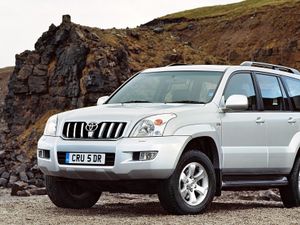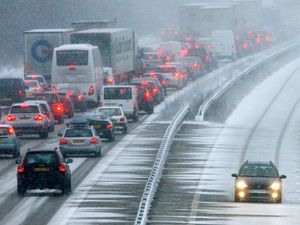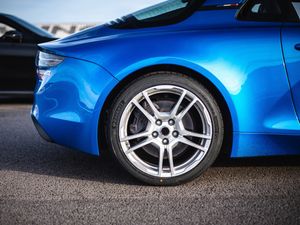What does engine size mean and should it influence my purchase?
You might have seen cars that have an engine size measured in litres, but what does that mean?

If you’ve ever spent time researching a new car, you will have probably noticed that all cars have different engine sizes, which are usually denoted in litres.
Typically, the larger the engine the bigger and more powerful the car, and vice versa. However, thanks to advances in turbocharging technology, manufacturers have been able to ‘downsize’ their powertrains, so even quite powerful vehicles can have small engines.

A good example of this is the Mercedes-AMG A 45 S, which has a power output of almost 420bhp from a 2.0-litre engine – in a hatchback. A decade ago, that figure would have been impressive from an engine twice the size powering a supercar.
The idea of modern downsizing is that this allows for improvements in fuel economy and lowers emissions without sacrificing performance. That being said, it’s a general rule of thumb that smaller engines are less powerful and more efficient than larger ones.
Why is engine size measured in litres?
Engine size is also referred to as its capacity or displacement. An engine is made up of many parts, one of which being the cylinders where the fuel and air mix before combustion takes place.
The volume of these cylinders is measured in cubic centimetres (cc), and there are 1,000cc in one litre. The cc number is usually rounded up the nearest tenth of a litre, so for example, a 1,590cc engine would be referred to as a 1.6-litre.
Is bigger always better?
Not necessarily. Cars tend to use an engine relevant to their size and use. So small cars get a small engine because they don’t need much power and buyers tend to prioritise low running costs.

On the other hand, sometimes a big car with a smaller, less powerful engine can be less efficient, because it’s having to work harder to keep the car moving. In that case, a bigger engine could be the logical choice.
Should I pay attention to engine size at all?
If you’re buying new, probably not, especially now hybrid models are on sale. Depending on the model, a 1.4-litre car could be more powerful or less efficient than a 2.0-litre model.
It’s a good starting point, but you’re better off looking at power figures, fuel economy and emissions to get an idea of a vehicle’s performance.

However, if you’re looking at an older car, say 10-plus years old, it can be a good indicator of whether a car will be fast and expensive to run.
Does engine size affect insurance rates?
Theoretically not. However, because bigger engines tend to relate to more powerful cars, which could be deemed by insurers to be at higher risk of being crashed, a bigger engine could be an indicator that a car might be more expensive to drive.





